Water has been an essential element in architectural and urban design for millennia, captivating civilizations with its aesthetic appeal, function features, and symbolic significance. From the ancient Hanging Gardens of Babylon, where cascading water features cooled the arid landscape, to the majestic aqueducts of the Roman Empire, which channeled water for both practical and ornamental purposes, to the intricate water gardens of the Alhambra in Spain, and the serene reflecting pools of the Mughal gardens in India, water in architecture has left an enduring legacy on the built environment.
In contemporary design, integrating water into leisure facilities and urban landscapes continues this tradition, offering benefits that extend far beyond mere aesthetics. The innovative design of the Jewel Changi Airport in Singapore, where the world’s tallest indoor waterfall takes center stage, or the mesmerizing water walls of the Gardens by the Bay , also in Singapore, exemplify the modern architect’s ability to seamlessly weave water into the fabric of our spaces, creating experiences that are functional, sustainable, and breathtakingly beautiful.
Here, we’ll explore the significance of water in architecture, examining the design and functionality of swimming pools, fountains, lagoons, and wellness centers. We will explore how these aquatic elements contribute to the aesthetic appeal, recreational value, and sustainability of various architectural projects. Furthermore, we will examine the broader impact of water features on urban development, considering their role in revitalizing neighborhoods, attracting tourism, and promoting environmental stewardship.
Dive deeper with the eBook
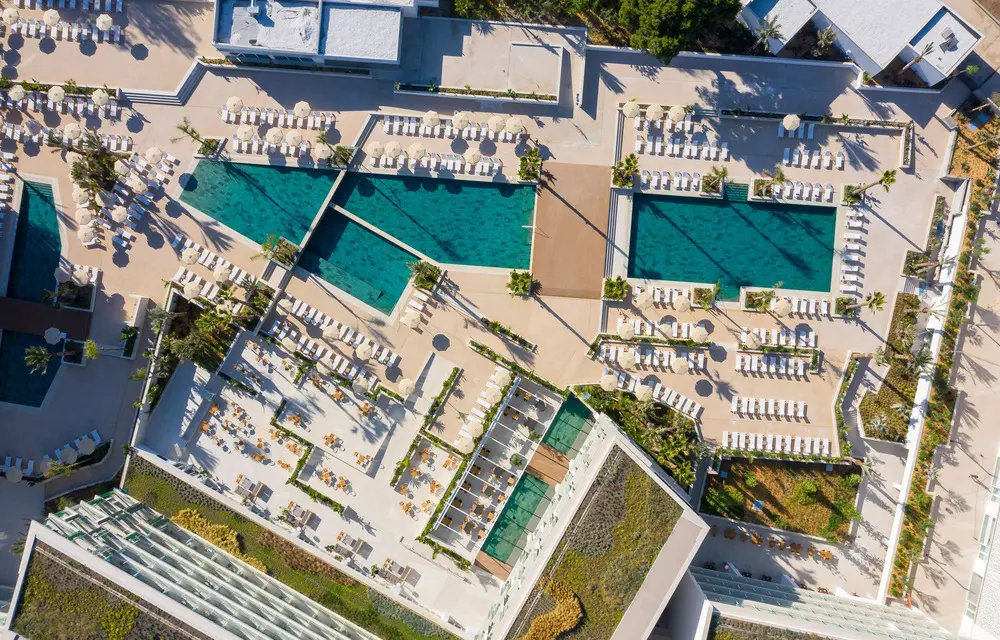
The multifaceted role of water in architecture
Whether it’s the tranquil ambiance of a reflective pool, a thrilling waterslide, or the rejuvenating properties of a thermal bath, water features enrich our lives in countless ways. The modern approach to integrating water in architecture is not only about ornamentation; it’s about creating spaces that inspire, engage, and promote well-being. From a functional perspective, water features can cool, reduce noise, and even serve as a renewable energy source.
From a social standpoint, they create gathering places, foster community interaction, and enhance the overall livability of urban areas. Equally, from an environmental perspective, they can contribute to water conservation, habitat creation, and the mitigation of urban heat islands.
The strategic incorporation of water in architecture represents a holistic design approach that addresses not only visual appeal but also functional utility and environmental sustainability. Water installations can be the heart of any space , influencing the overall design concept from the initial sketches to the final implementation. This integrated approach requires a deep understanding of water’s unique properties and its potential to create memorable experiences for users.
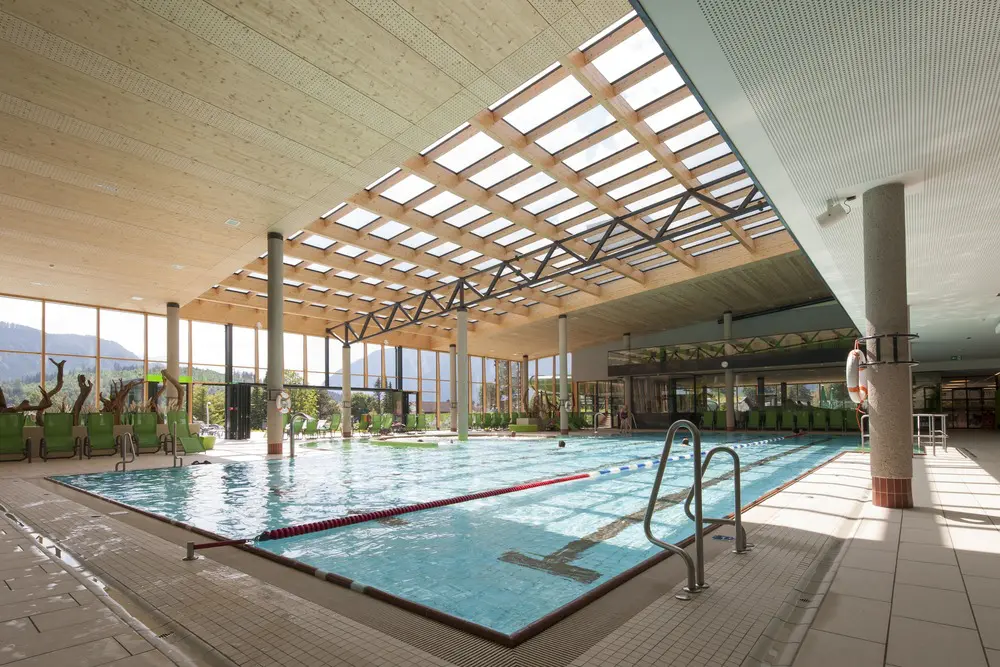
Architectural centerpieces and recreational havens
Swimming pools remain a staple in residential, resort, and community designs. These oases offer a respite from the daily grind, providing opportunities for exercise, relaxation, and socializing. In contemporary architecture, swimming pools are often integrated seamlessly into the surrounding landscape, creating a harmonious blend of nature and human-made structures. Modern pool designs prioritize energy efficiency, utilizing advanced filtration systems and sustainable materials to minimize environmental impact and operational costs.
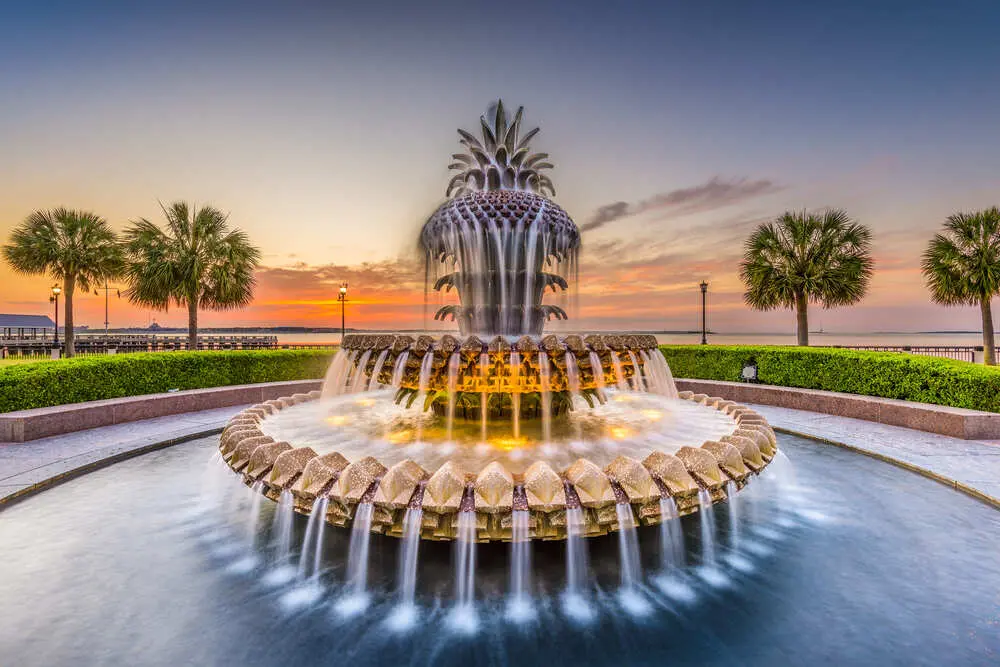
Art, engineering, and environmental stewardship
Fountains have transcended their utilitarian origins, evolving into sophisticated installations that blend artistic expression with engineering ingenuity. Interactive water displays, synchronized with light and sound, have become focal points for public spaces, enhancing the overall ambiance.
Fountains have evolved from simple stone structures to complex engineering projects. Modern fountains often incorporate intricate plumbing systems, powerful pumps, and advanced lighting technologies like LED or fiber optics to create mesmerizing displays. The use of durable materials like stainless steel, bronze, or even glass ensures longevity and resilience in diverse weather conditions.
Beyond their aesthetic appeal, fountains play a crucial role in environmental health. They aerate water, improving its quality, and help mitigate the urban heat island effect by cooling the surrounding air. Additionally, the soothing sound of flowing water can mask the harsh noises of urban environments, creating more tranquil and inviting spaces.
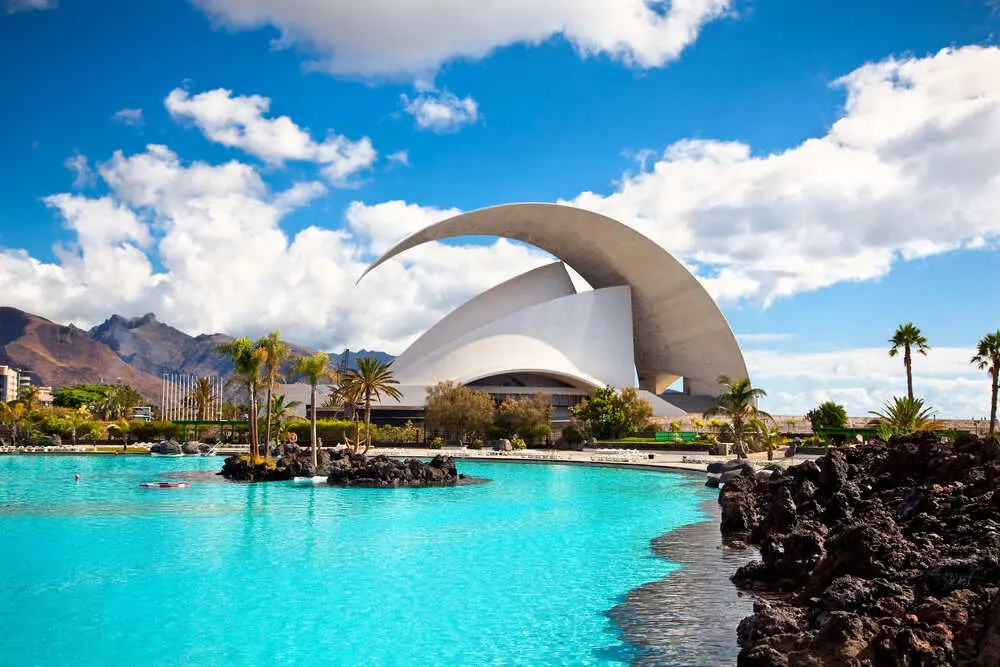
Oasis-like experiences
Artificial lagoons have emerged as a popular way to bring the beauty of the beach to landlocked areas. These expansive bodies of water offer various recreational activities, from swimming and kayaking to paddleboarding and sunbathing. They are an attractive addition to resorts, residential communities, and urban centers, providing a welcome escape from the stress of urban life. State-of-the-art filtration and temperature control systems ensure that the water remains pristine and enjoyable throughout the year, regardless of the climate.
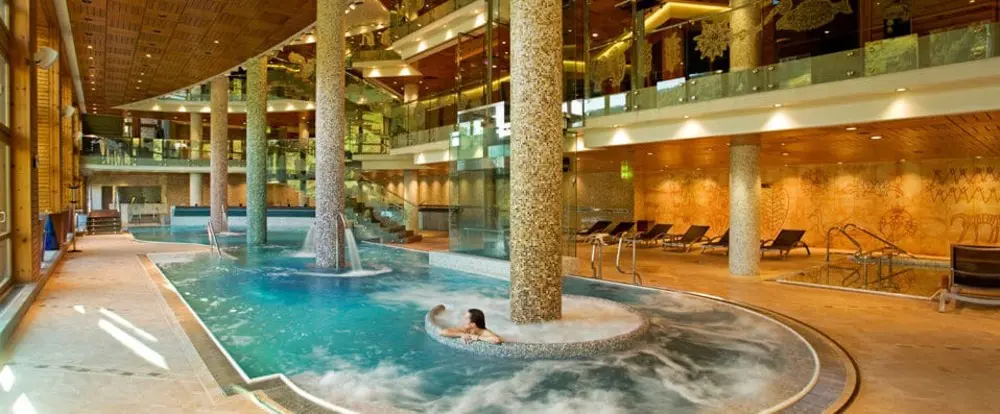
The therapeutic power of water
Water has long been recognized for its therapeutic properties, and modern wellness centers have embraced this knowledge by incorporating various water features. Mineral springs, thermal baths, and hydromassage beds offer a range of health benefits, including improved circulation, reduced stress, and pain relief. The design of these aquatic spaces is crucial, as the aesthetics and ambiance play a significant role in creating a relaxing and appealing experience for users.
For instance, hydrotherapy pools often utilize strategically placed jets and varying water temperatures to target specific muscle groups and promote relaxation. Thermal baths, on the other hand, harness the natural heat of geothermal sources to offer a soothing and therapeutic experience. The design of these facilities considers factors like acoustics, lighting, and the use of natural materials to create a serene and calming environment.
Sustainability, social impact, and technological advancements
The integration of water in architecture is not just about aesthetics; it’s also about sustainability and social responsibility. Sustainable design principles can be applied to water features in various ways. Water recycling systems, rainwater harvesting, and the use of solar-powered heating and filtration systems are just a few examples of how architects and engineers minimize these installations’ environmental impact.
Moreover, water features have a profound social impact. They serve as gathering places, promoting community interaction and social cohesion. They enhance the livability of urban areas and contribute to economic development by attracting tourism and boosting property values. The presence of water features can also improve the psychological well-being of individuals, providing a sense of tranquility and connection to nature.
Technological advancements continue to push the boundaries of what’s possible in aquatic design. Smart water management systems , powered by sensors and artificial intelligence, optimize water usage and ensure efficient operation. Interactive water displays respond to user input, creating dynamic and engaging experiences. Collaborative design tools like BIM streamline project workflows, while CFD simulations and VR visualizations aid in the design and optimization of complex water features.
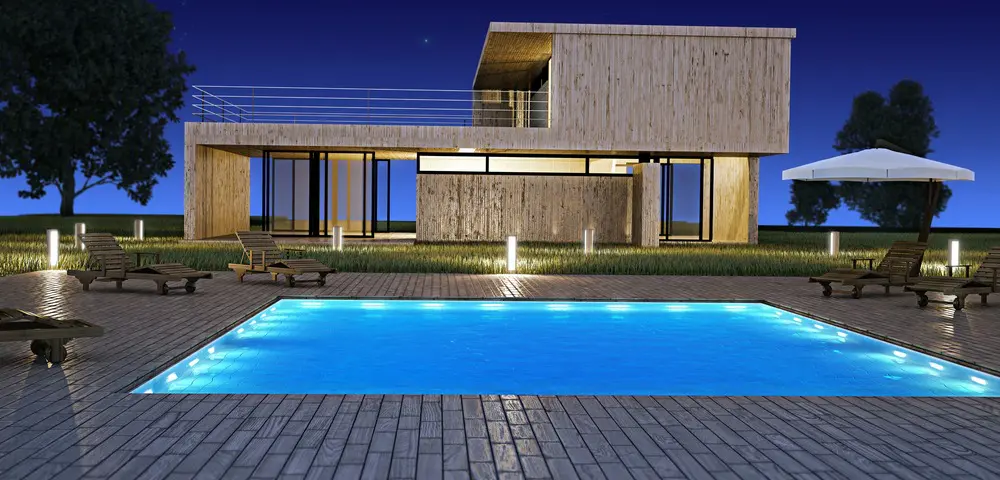
Shaping a sustainable future
In an era marked by environmental consciousness and a renewed appreciation for the natural world, the integration of water in architecture has assumed greater importance than ever before. Water’s ability to enhance the aesthetic appeal, recreational value, and sustainability of leisure facilities and urban environments is undeniable. As architects, designers, and engineers continue to push the boundaries of innovation, we can expect to see even more creative and sustainable applications of water in the built environment.
Whether it’s a tranquil reflecting pool that invites contemplation, a vibrant fountain that celebrates the community spirit, or a state-of-the-art swimming pool that promotes health and well-being, water in architecture can transform ordinary spaces into extraordinary destinations. By embracing water’s multifaceted potential, we can create environments that not only meet users’ functional needs but also inspire, delight, and connect them to the natural world.
As we move towards a more sustainable and equitable future, the thoughtful incorporation of water in architecture will undoubtedly play a vital role in shaping the cities and communities of tomorrow.
